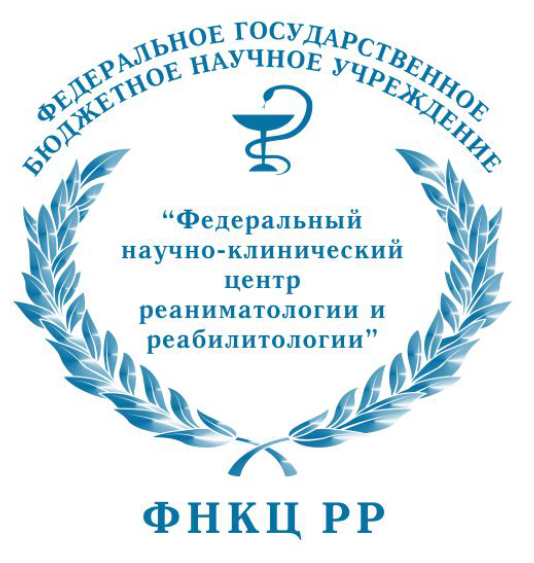
|
ИСТИНА |
Войти в систему Регистрация |
ФНКЦ РР |
||
Herpetofaunal diversity of Suan Phueng area in northern Tenasserim, Ratchaburi Province, Thailandдоклад на конференции
- Авторы: Pawangkhanant P., Yushchenko P.V., Naiduangchan M., Suwannapoom C., Poyarkov N.A.
- Международная Конференция : Вторая международная молодежная конференция герпетологов России и сопредельных стран, посвященная 100-летию отделения герпетологии Зоологического института РАН: «Современная герпетология: проблемы и пути их решения»
- Даты проведения конференции: 25-28 ноября 2019
- Дата доклада: 28 ноября 2019
- Тип доклада: Стендовый
- Докладчик: Pawangkhanant P.
- Место проведения: Санкт-Петербург, Россия
-
Аннотация доклада:
North Tenasserim Range is a mountain chain on the border of Myanmar and Thailand lasting from the gap between Dawna and Pilok Tuang Ranges in the north to the Isthmus of Kra in the south and thus connecting the mainland part of Indochina with Sundaland. Though herpetofauna of Myanmar Tenasserim (Tanintharyi) was recently reviewed by Mulcahy et al. (2018), information on herpetodiversity of the Thai part of Tenasserim remains incomplete. We present a summary of herpetological field surveys in Suan Phueng area of Ratchaburi Province, western Thailand. In a number of short trips (since 2015 to 2019) and continuous field observations (May 28 – July 23, 2019) amphibians and reptiles were recorded during both day- and night-time excursions; research sites ranged from 200 m to 1132 m a.s.l. (Khao Laem Mt. summit) in elevation. Amphibians and reptiles were photographed and released at the site of capture; voucher specimens were taken when necessary. Based on four-year survey in environs of Khao Laem Mt. we were able to record 47 species of amphibians and 106 species of reptiles. For amphibians eight families were recorded: Ichthyophiidae (1 species), Bufonidae (4 species), Megophryidae (7 species), Microhylidae (10 species), Dicroglossidae (10 species), Ceratobatrachidae (1 species), Ranidae (5 species), and Rhacophoridae (9 species). For reptiles four families of lizards: Gekkonidae (14 species), Agamidae (8 species), Scincidae (14 species), and Varanidae (4 species), eleven families of snakes: Typhlopidae (2 species), Cylindrophiidae (1 species), Xenopeltidae (1 species), Pythonidae (3 species), Colubridae (37 species), Pareidae (3 species), Lamprophiidae (1 species), Homalopsidae (1 species), Natricidae (4 species), Viperidae (3 species), and Elapidae (6 species), and three species of chelonians: Testudinidae (2 species), Geoemydidae (1 species), and Trionychidae (1 species), were recorded. The herpetofaunal composition of Suan Phueng area consists of four major faunistic elements: (A) wide-ranged species with distribution covering both mainland Indochina and Sundaland (12 species); (B) Indochinese elements with ranges mostly in the mainland Southeast Asia (92 species); (C) Sundanese elements distributed predominantly in Sundaland and Thai-Malay peninsula south of Kra (20 species); and (D) Tenasserim endemic species not recorded outside the North Tenasserim Range (29 species). Thus, Suan Phueng herpetofauna includes predominantly Indochinese species (60%), but also shows high numbers of species from Sunda (13%) and even higher percentage of Tenasserim endemics (19%), of which eight species (5%) are point-endemic and are to date known only from Khao Laem Mt. The Suan Phueng area appears to be the northern limit for distribution of a number of Sundanese taxa, like Nyctixalus pictus, Lycodon subannulatus, Boiga drapiezii, Chrysopelea pelias, Oreocryptophis porphyraceus laticinctus and Calliophis bivirgatus. At least ten species discovered by us are likely new to science. These results indicate that the Suan Phueng area is one of the most herpetologically diverse spots in western Thailand with high level of local endemism; what makes this territory of unique importance in terms of nature conservation. This study was carried out with financial support from the Russian Science Foundation (RSF grant № 19-14-00050).
- Добавил в систему: Поярков Николай Андреевич